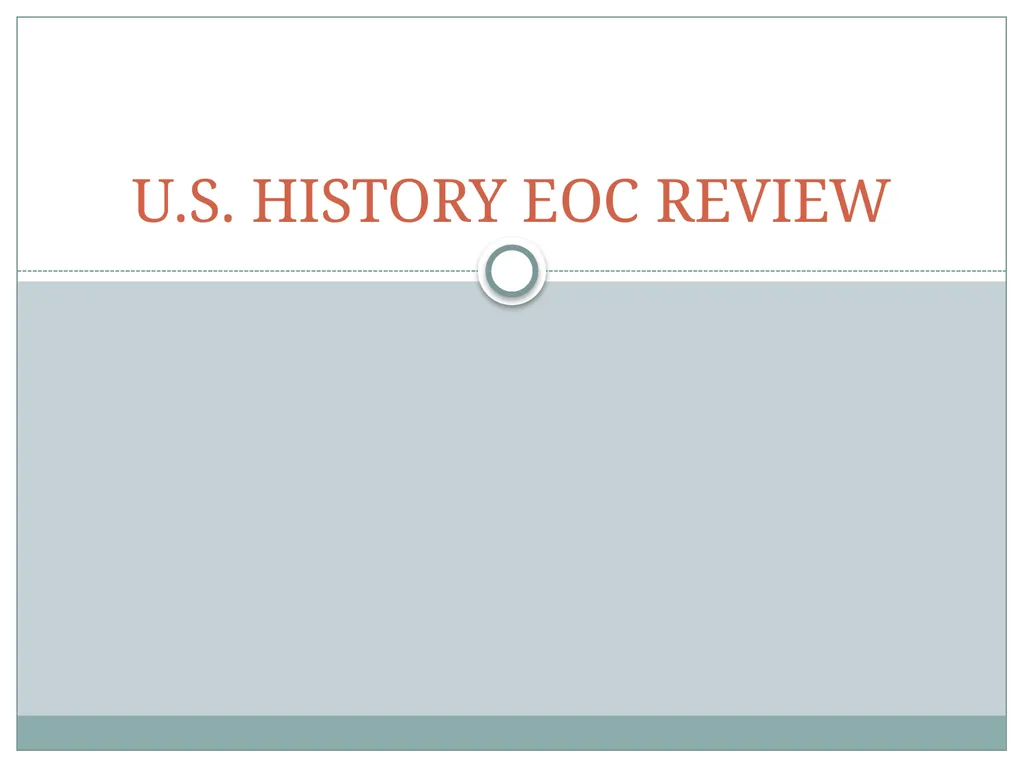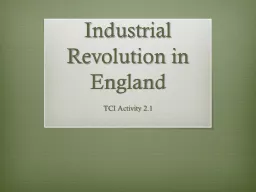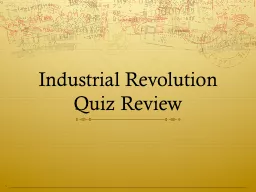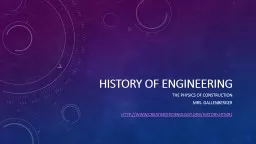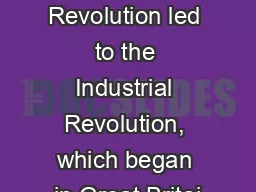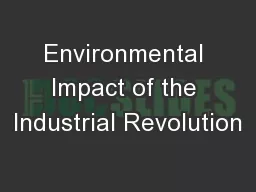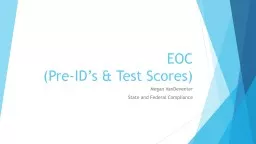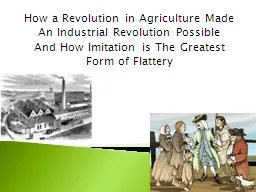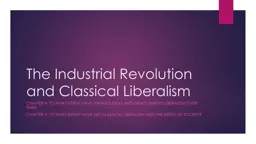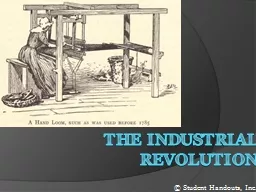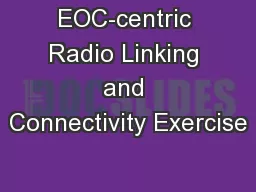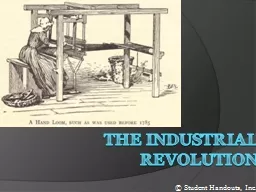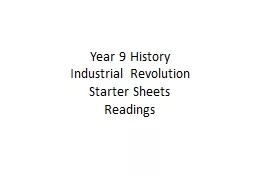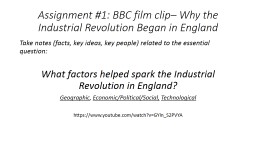U.S. HISTORY EOC REVIEW Industrial Revolution
Author : ellena-manuel | Published Date : 2025-07-18
Description: US HISTORY EOC REVIEW Industrial Revolution Late 1800s Industrialists Piecework More Production More Pay Sweatshops Long hours low wages bad jobs Workplace Problems Child Labor Children as young as 5 work Division of Labor Everyone
Presentation Embed Code
Download Presentation
Download
Presentation The PPT/PDF document
"U.S. HISTORY EOC REVIEW Industrial Revolution" is the property of its rightful owner.
Permission is granted to download and print the materials on this website for personal, non-commercial use only,
and to display it on your personal computer provided you do not modify the materials and that you retain all
copyright notices contained in the materials. By downloading content from our website, you accept the terms of
this agreement.
Transcript:U.S. HISTORY EOC REVIEW Industrial Revolution:
U.S. HISTORY EOC REVIEW Industrial Revolution (Late 1800s) Industrialists Piecework More Production = More Pay Sweatshops Long hours, low wages, bad jobs Workplace Problems Child Labor Children as young as 5 work Division of Labor Everyone gets different task Labor Unions Labor Union Strikes Haymarket Riot (1886) Cause: Wanted 8 hour workday Strike: Violence erupts when anarchists bomb police Solution: Police broke up strike Gives people bad image of unions Pullman Strike (1894) Cause: Wage cuts, Layoffs, Town Rules Strike: Interfered with US Mail Solution: Court order forbade all union activity against Sherman Antitrust Act Great Railroad Strike (1877) Cause: Wage cuts Strike: Violence Erupts Solution: Hayes sends federal troops to restore order Labor Union Techniques Strikes: Boycotts: Collective Bargaining: Stop Working Do not buy from Negotiate with Certain businesses employer The Populist Movement (Late 1800s) Remember: Wizard of Oz Immigration to the United States Voting Restriction for African Americans Poll Tax Literacy Test Grandfather Clause Pay to vote Must be able to read to vote May vote if grandfather voted prior to Civil War Booker T. Washington v. WEB Dubois Progressive Movement (Early 1900s) Foreign Policies (Early 1900s) Path of Imperialism to 1917 Spanish American War Philippines Puerto Rico China Hawaii Panama Canal Roosevelt Corollary Mexican Revolution World War I Creating Regulations Conservation of Resources Controlling Corporations Consumer Protection The Square Deal (Teddy Roosevelt) Woodrow Wilson Democrat Wins Election of 1912 William Taft Republican Split Republican Vote Candidates Theodore Roosevelt Bull Moose Election of 1912 World War I World War I Causes Militarism Alliances Imperialism Nationalism Reasons for US entry Sussex Pledge Lusitania Unrestricted Submarine Warfare Ties to Great Britain Zimmerman note World War I Allies Britain France America Italy Russia Central Powers Austria- Hungary Ottoman Empire Germany Characteristics of Life in the 1920s Warning Signs of the Great Depression Uneven Prosperity (rich getting richer, poor getting poorer) Lack of Savings (80% of families had no savings) Personal Debt (more Americans buying on credit) Buying on the Margin (buying stock for half the price and paying rest when money comes in) Speculation (get rich quick schemes) Troubles for Farmers (crop prices falling) Overproduction (no business regulations warehouses overstocked and no one to sell to) Ripple Effect of the Stock Market Crash Market investors lose savings and cannot pay loans Banks who invested in high risk companies cannot get loans back Banks demand money
